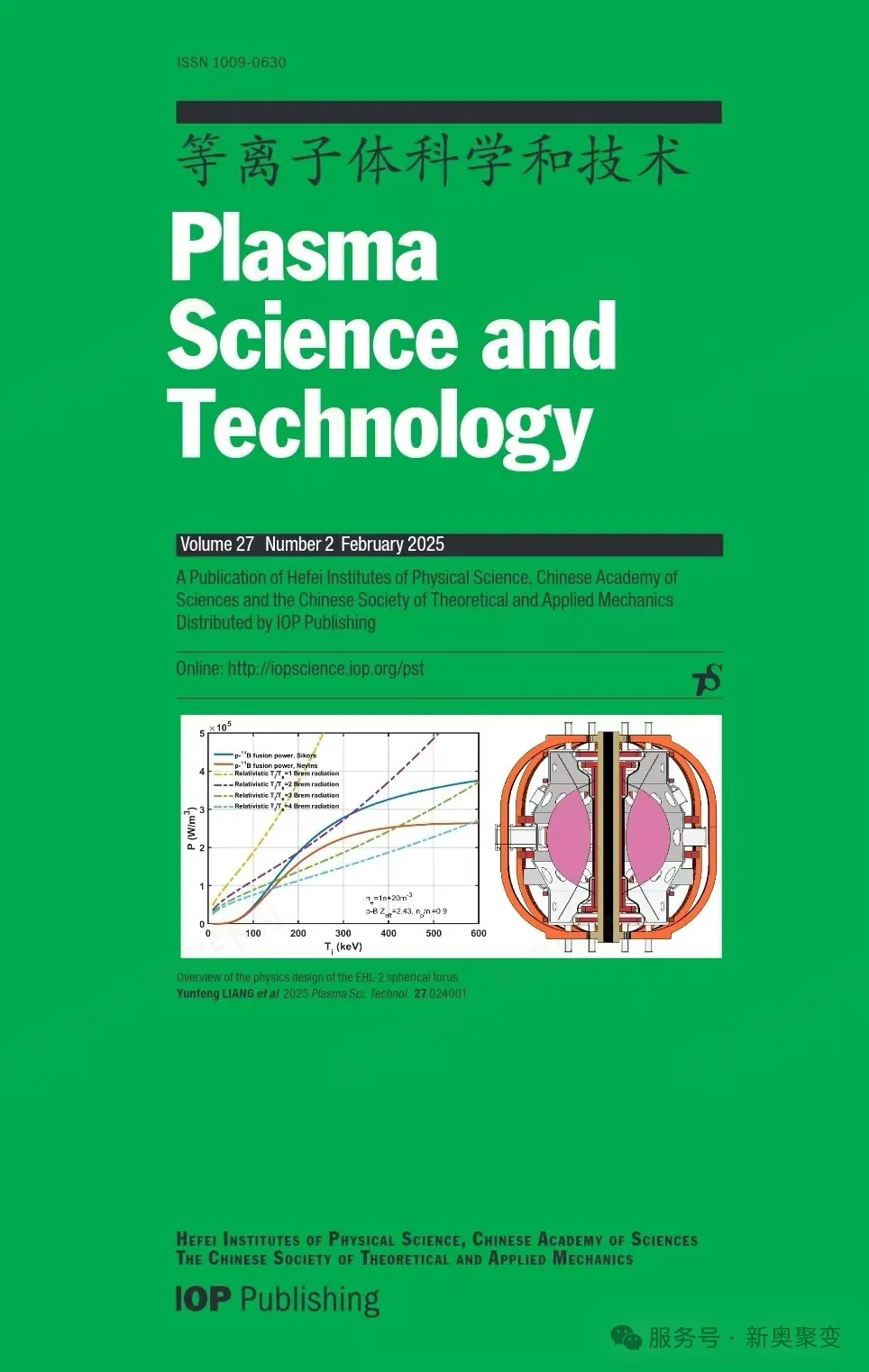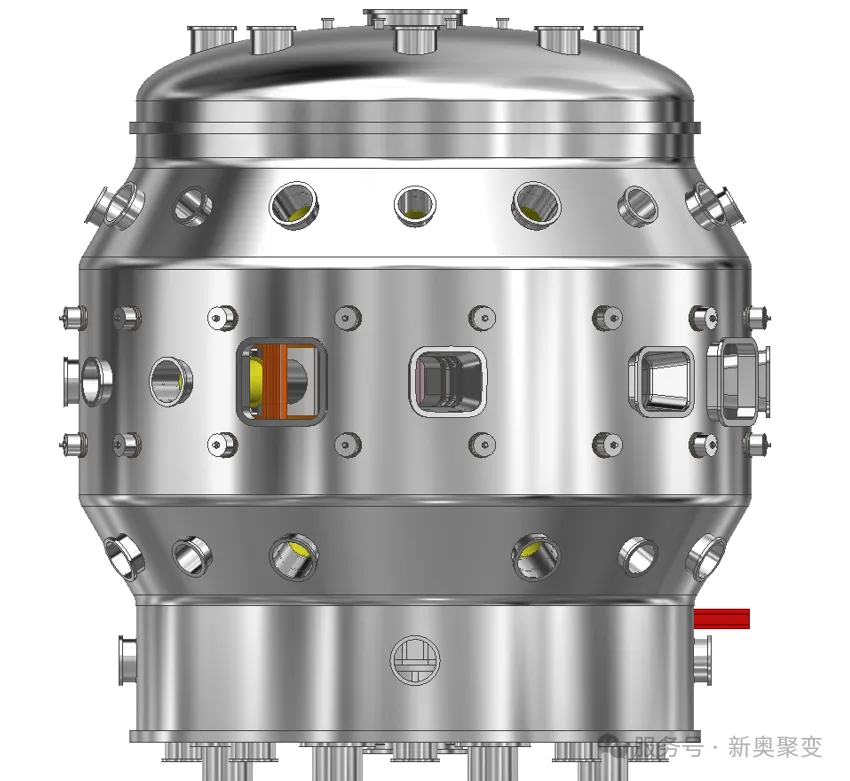
Recently, ENN has published 13 papers in Plasma Science and Technology (PST) that aimed to share the latest achievements of ENN's proton-boron thermonuclear fusion research with the global fusion research community. It marks the first time that China's private fusion R&D institution has systematically published the research results on the physical design of experimental devices for scientific issues and key technologies of spherical torus proton-boron fusion.
The papers detail the physics design of ENN’s next-generation experimental device, EHL-2 (ENN He-Long, meaning "Peaceful Chinese Loong"), which aims to advance spherical torus p-11B fusion research and lay the foundation for future experimental reactors. The EHL-2 project represents a crucial step in ENN’s long-term roadmap—established in 2018—to develop clean, economical fusion energy from scientific exploration to commercialization.

EHL-2 device model
The EHL-2 device is currently in the physics design phase, with construction expected to be completed by mid-2027.
The Special Issue in PST consolidates two years of research on EHL-2’s design challenges, offering a valuable resource for fusion scientists and engineers worldwide. These publications also reflect our commitment to open collaboration in the global fusion community.
ENN Achieves Breakthrough in Hydrogen-Boron Fusion with Mega-Ampere Plasma Current
2025-04-18ENN Releases a Series of Proton-Boron Fusion Technology Achievements
2024-03-05ENN and Center for Fusion Science of SWIP embark on strategic partnership to accelerate fusion research and development
2020-01-01